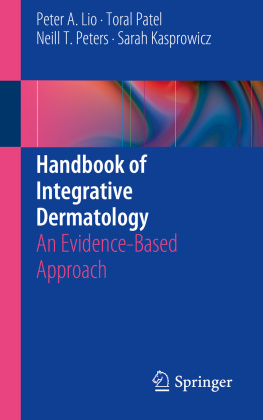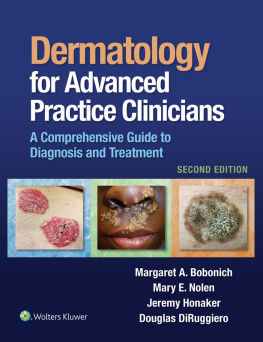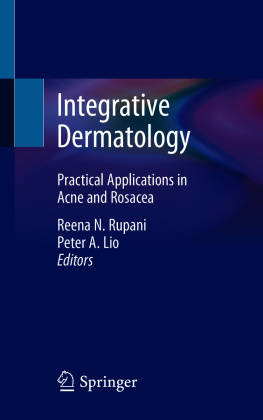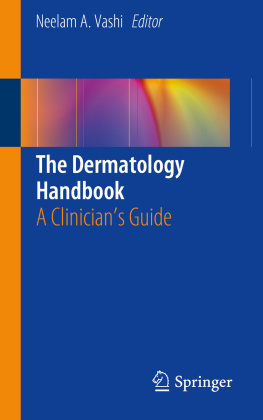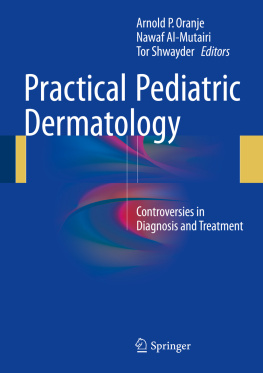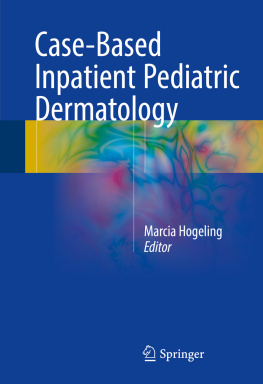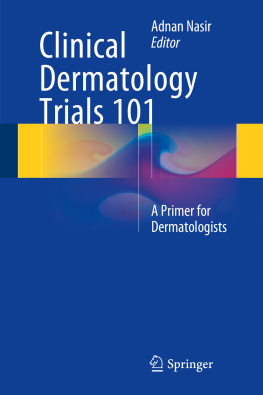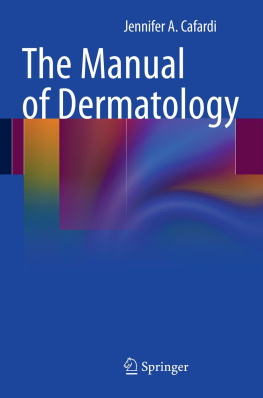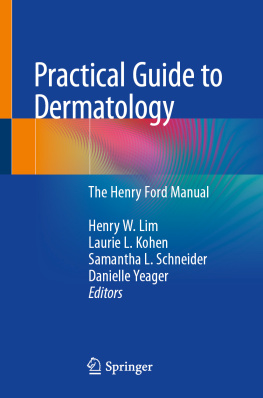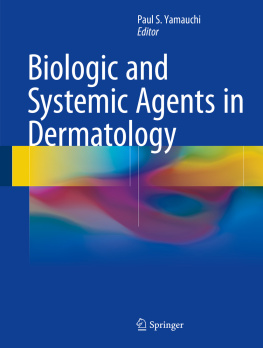1. Introduction to Integrative Dermatology
Modern medicine can take credit for tremendous achievements and advances in the understanding of human health and the prevention and treatment of disease. Antibiotics, vaccination, hygiene improvements, and modern pain control and anesthesia are just some examples of developments that have changed the world and, in some ways, have eclipsed the accomplishments of the first several thousand years of recorded medicine. But if modern medicine is so great, why are people so interested in alternatives? In reviewing studies and talking to many patients over the years, three major reasons seem to surface: when diseases are not curable, when our explanations are unsatisfying, and when our treatments are thought to be unsafe, questionable, and/or only symptomatic. An unspoken reason also seems to be that the experience of seeing a modern doctor can often feel rushed, overly-focused, and impersonal, where many alternative practitioners pride themselves on having a slower pace, listening carefully to the patient, and generally being more holistic in considering the patient and his or her health issues.
A provocative study approached this from a slightly oblique angle, but nicely demonstrates some of these principles in action. A very common form of alternative thinking in patients with atopic dermatitis is that foods are causative of, or at least significant contributors to their skin disease. Indeed, in one study some 75% of patients had made significant dietary modifications in an attempt to control the disease (Johnston et al. ). That is to say, when conventional medicine is working well, and doing so safely, there seems to be less desire for alternatives, with the converse equally true.
The concept of safety is also worth thinking about. Although essentially all of the conventional medicines that are approved by governing bodies such as the FDA have an incredible amount of safety data, there are a number of concerns about medication safety, undoubtedly encouraged by intense media coverage of every dangerous drug that is described, sometimes many years after it has been in wide use. Within dermatology, we have several topical agents that in recent years have come under increased scrutiny, including topical corticosteroids and the topical calcineurin inhibitors (Kojima et al. ). Concerns about preservatives (such as parabens), antibiotic use, and chemicals in general, all constitute real concerns from patients, some more reasonable than others, but each one important to consider for patient satisfaction and adherence to a regimen.
And were this movement limited to a tiny fringe group, one might be inclined to simply ignore such sentiments. However, in looking within the dermatology literature, most studies suggest some 50% of patients have tried one or more forms of alternative medicine; this movement will likely not just go away (Jensen ).
So, what are they seeking? How do we define this area? Complementary medicine can be defined as non-mainstream modalities or approaches used in conjunction with conventional medicine, while alternative medicine typically refers to the use of non-mainstream approaches in place of conventional medicine. Integrative medicine seeks to incorporate both complementary and alternative approaches, and implies pulling from multiple traditions rather than being solely based on one form of healing. Thus, an Integrative Dermatologist would be someone who is trained in conventional medicine, but is able to apply concepts and treatments from the naturopathic cannon and from Traditional Chinese Medicine, for example, carefully selecting these therapies based on studies and experience. It can be a very difficult line to toe, however, as there is not much precedence for this in medicine at large, let alone within the relatively small specialty of Dermatology.
Moreover, if we define conventional medicine as the type of medicine being based on solid evidence, then we end up with a functional definition of alternative and complementary medicine as essentially not being evidence-based. In an ideal world, this is true because we have faith that our system would whole-heartedly adopt a treatment that had sufficient evidence, even if it seemed strange and mysterious, and had an unknown mechanism. The truth is a little messier. Generally, the therapies we will discuss in this book are those that simply do not have sufficient evidence to make a definitive statement, but hold promise clinically. For the most part, we have avoided those treatments that have enough evidence to say that they are ineffective , or perhaps even harmful, as there are more comprehensive texts that review these, and we wish to keep things concise and usable.
The problem is that this definition leaves us with a universe of possibilities, ranging from window cleaner for psoriasis, to magical incantations for acne, and everything in between. Its overwhelming and impossible to study in any systematic way. This leads to, for some, the far simpler idea of totally rejecting the entire area to alleviate the cognitive dissonance. We shall not take that path. Instead, we will examine the existing evidence, casting a wide net at first, but then curating the assortment down to a handful of treatments that: (1) have the best available evidence for safety and efficacy; (2) are reasonable therapies to incorporate into a mainstream medical setting; and (3) are likely to be obtainable without tremendous difficulty. These criteria significantly narrow our searchsometimes nearly too muchbut also differentiate this work from other more encyclopedic texts that discuss many things without much of an eye towards practicality.
In the text that follows, we concentrate upon the most common clinical areas in dermatology, presenting a clinical scenario, and then discussing some of the options in the natural and alternative realms. We have tried to remain focused on practical approaches with peer-reviewed data that are suitable for use in a conventional Dermatology practice. Rather than compile an exhaustive text, our aim has been to create a user-friendly reference tool that could be easily accessed in a clinical setting; a handbook style guide that would hopefully be used every day. We hope youand your patientsfind it helpful!
References
Jensen P. Use of alternative medicine by patients with atopic dermatitis and psoriasis. Acta Derm Venereol. 1990;70(5):4214. PubMed
Johnston GA, Bilbao RM, Graham-Brown RA. The use of dietary manipulation by parents of children with atopic dermatitis. Br J Dermatol. 2004;150:11869. CrossRef PubMed
Kojima R, Fujiwara T, Matsuda A, Narita M, Matsubara O, Nonoyama S, Ohya Y, Saito H, Matsumoto K. Factors associated with steroid phobia in caregivers of children with atopic dermatitis. Pediatr Dermatol. 2013;30(1):2935. CrossRef PubMed
Simpson EL, Basco M, Hanifin J. A cross-sectional survey of complementary and alternative medicine use in patients with atopic dermatitis. Am J Contact Dermat. 2003;14(3):1447. PubMed

